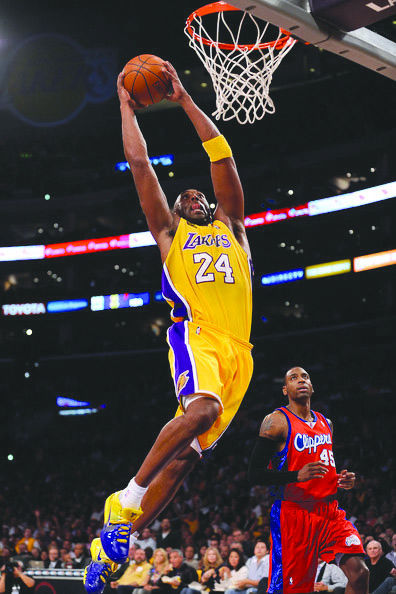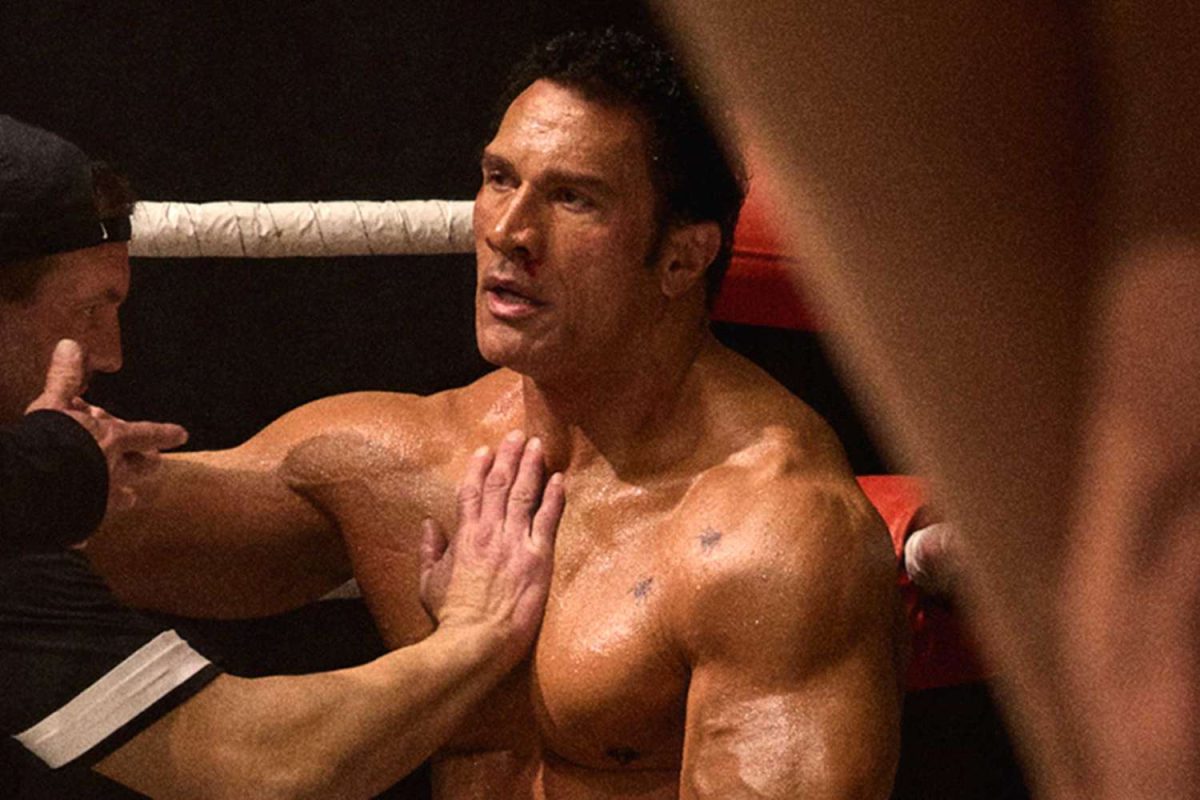In just a few weeks, the twenty-year career of longtime Lakers legend Kobe Bryant will come to an end. During the NBA Draft in 1996 as a young man, Bryant went 13th overall to the Charlotte Hornets, who had worked out a trade with the Lakers for five time All-Star Vlade Divac. The year before, a young man from Mauldin named Kevin Garnett opened the floodgates for the so-called “prep-to-pro” era of NBA basketball by electing to enter the NBA draft straight out of high school.
In 2005, the NBA established an age limit that required prospective players to be one year removed from graduating high school (leading to the infamous “one-and-done” era of college basketball). This ten year period produced a number of superstars — Garnett and Bryant, Lebron James, Dwight Howard and Tracy McGrady among them — but the leap to the NBA also produced a number of “busts” that simply couldn’t handle the rigors of the big leagues. The emotional and physical stress of being a “boy among men”
was simply too much. This generation of players changed the league forever.
In his first book, “Boys Among Men: How the Prep-to-Pro Generation Redefined the NBA and Sparked a Basketball Revolution,” former Grantlander (R.I.P.) Jonathan Abrams masterfully weaves the story of these young men together. The book is not a simple chronological history of the era. Instead, Abrams combines the stories of hundreds of players, coaches and executives into a compelling narrative. No stone is left unturned.
Sonny Vaccaro’s ABCD camps and his high profile move from Nike to Adidas (and his subsequent signing of prep-to-pro stars Kobe Bryant and Tracy McGrady) gets several chapters. Abrams even talks about the effect of the new age limit on college basketball recruiting and John Calipari’s factory of future NBA players at the University of Kentucky. The same Calipari nearly drafted Kobe Bryant during 1996 when working in the Nets’ front office. Instead, Cal got cold feet after pressure from ownership to take established Villanova star Kerry Kittles. Despite Garnett’s success the year before, many owners were still hesitant to trust the future of their franchise to a high schooler. Instead, Bryant and his agent forced a move to Los Angeles, and the entire landscape of the league was changed forever.
“Boys Among Men” isn’t just the story of stars. Abrams explores the forgotten careers of players like Lenny Cooke, Ndudi Ebi and Korleone Young (who was the tragic subject of a lengthy piece at Grantland that likely inspired much of the book).
What makes these players so different from the others? For every LeBron James or Kevin Garnett, there was a young kid who struggled to adapt to the lifestyle required to play professional basketball. For many, the NBA was an opportunity to escape poverty and provide for their family. Others saw the success of players like Bryant and McGrady and sought to make their own mark on the league. Many were exploited by agents, friends and family members and saw their newfound wealth and their dreams of stardom quickly fade away. Today, these players serve as a cautionary tale to those opposed to the rules preventing a player entering the league directly out of high school.
Ten years later, in the midst of March Madness, there are still many questions surrounding the effectiveness of the current age limit and the impact that it has on both college and professional basketball. Even Abrams himself isn’t sure where he stands, suggesting a rule similar to baseball where players could elect to enter the league straight out of high school or spend at least two years developing their game in college. The book makes a compelling case for each side of the argument, citing many of the stars and busts of the era.
“Boys Among Men” isn’t just THE definitive account of one of the most important eras in NBA history. Abrams also tells an informative, engaging story that is a must-read for any basketball fan.
It’s not just one of my favorite sports books — it’s one of the best books I’ve ever read.
I want to give a very special thank you to Crown Publishing and Jonathan Abrams for providing me with an advanced review copy of “Boys Among Men.”









